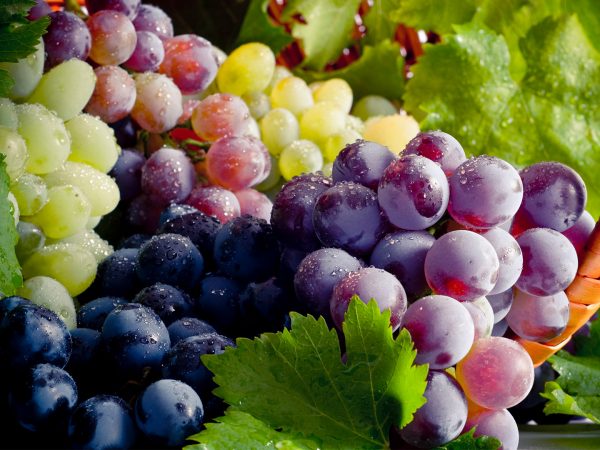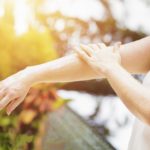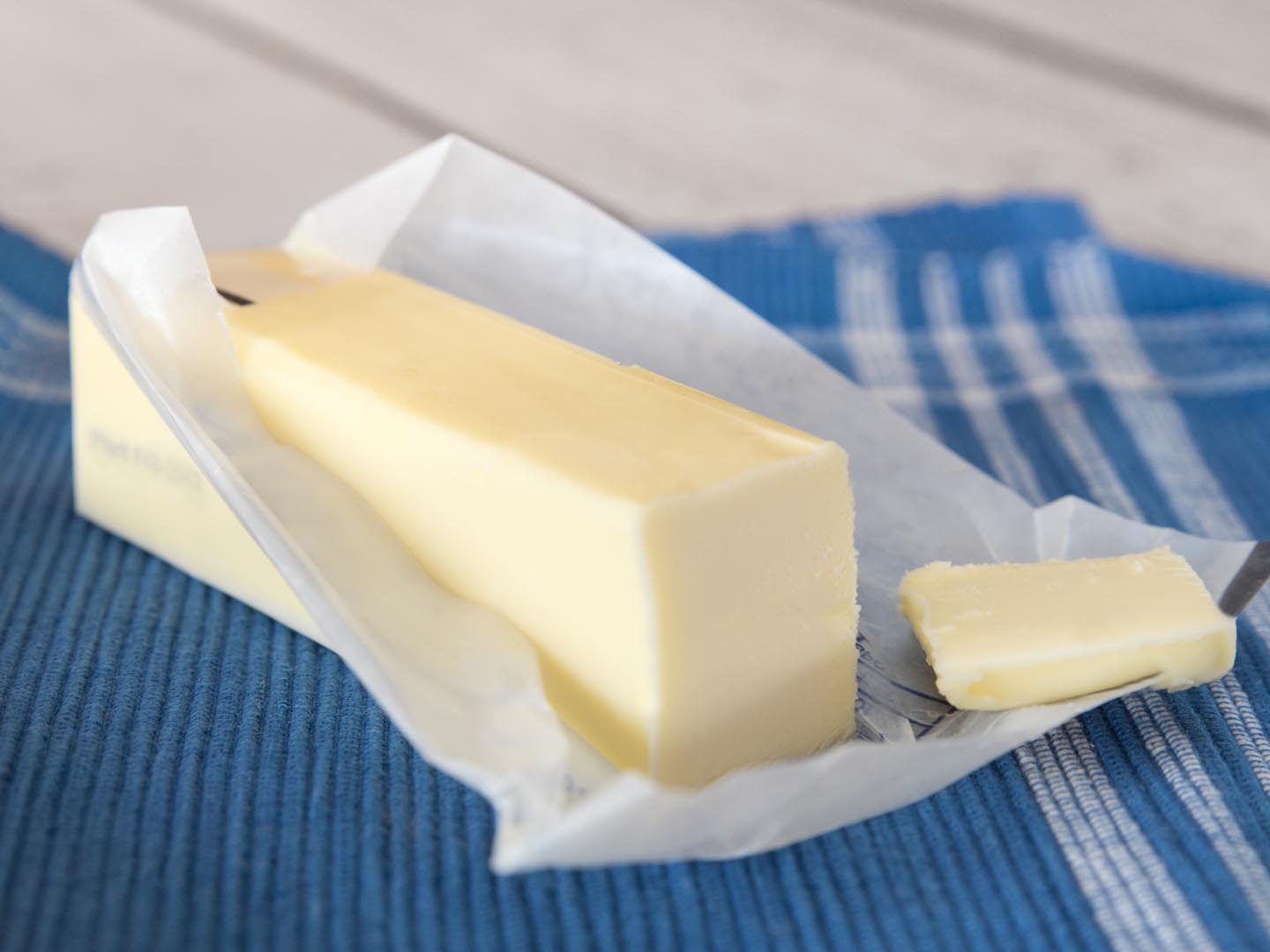A Connection Between Grapes And Preventing Sunburn?
Is it true that you can prevent sunburn by eating grapes? If so, how many grapes does it take for protection?
Andrew Weil, M.D. | March 9, 2021

Apparently so. A study published in January (2021) found that eating grapes can protect against sunburn-related skin damage. This finding comes from the University of Alabama, where investigators looked at the effect on sunburn of consuming whole-grape powder (equivalent to eating 2.25 cups of grapes daily) for two weeks. They measured the study participants’ skin responses to ultraviolet light before and after asking them to eat the powder. Results showed that more ultraviolet light exposure was needed to cause sunburn after grape consumption. The investigators also reported that grape intake was linked to decreased DNA damage, fewer deaths of skin cells, and a reduction in inflammatory markers that if unchecked can lead to skin cancer.
Study leader, Craig Elmets, M.D., said he and his team saw a significant photoprotective effect with grape consumption and were able to identify molecular pathways by which that benefit occurs – through repair of DNA damage and “downregulation of proinflammatory pathways.” He added that grapes “may act as an edible sunscreen, offering an additional layer of protection” beyond that of topical sunscreens.
It is estimated that one in 5 Americans will develop skin cancer by the age of 70. Most of these cases are associated with exposure to UV radiation from the sun: including about 90 percent of nonmelanoma skin cancers and 86 percent of melanomas. Additionally, an estimated 90 percent of skin aging is caused by sun exposure.
Be aware that conventionally grown grapes are likely to have a high load of pesticide residues, so if you’re going to depend on them for added sun protection, try to buy organic versions.
Andrew Weil, M.D.
Source:
Craig A. Elmets, M.D., et al, “Dietary Table Grapes Protect against UV Photodamage in Humans,” Journal of the American Academy of Dermatology, January 20,2021, DOI: doi.org/10.1016/j.jaad.2021.01.0535












